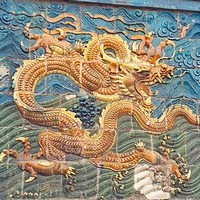Even in the corridors of the Chinese Communist Party’s headquarters in Zhongnanhai, few would have predicted the remarkable rise in China's comprehensive national strength since Deng Xiaoping launched the Reform and Open policy in 1978. China's evolution has been one of the most remarkable feats of governance ever seen. But rather than the definitive manual in strategic planning that it is sometimes portrayed as, the history of China's post-Mao transformation reads more like a great picaresque novel, in which the protagonist has been forced to beg, steal and kill; navigate untold pitfalls and reversals; and escape from several tight squeezes to reach his goal.
A lack of institutionalization means that Chinese policy approaches are often fragmented and factionalized, both in terms of ideological formulation and implementation. Today, China's polity seems at a crossroads, no longer wedded to the heavily centralized, introverted strategic planning structures of the socialist years, but as yet unable to articulate responses to the dynamic transnational threats it faces in the 21st century.
Inherently cautious by nature and still loyal to Deng's maxim of “crossing the river, feeling for one stone at a time,” China's current policymakers are extremely reticent about looking too far ahead. Long-term strategic planning remains patchy and often ideologically guided, rather than evidence-based. Diplomatic theory is often saturated by platitudes such as “win-win cooperation,” “brotherly relations” and “mutual respect,” which offer little or no analytical traction on the Chinese position. Moreover, there are major inconsistencies within these paradigms, and the fact that a Sino-centric worldview dominates means that inadequate consideration is given to the world beyond China's “core interests.”

